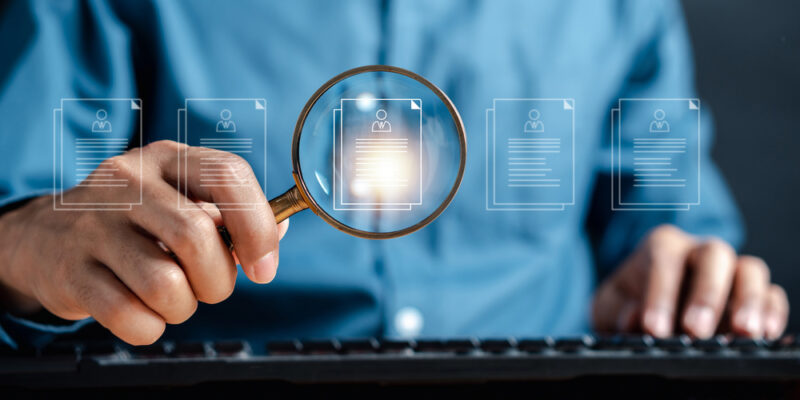
The days of bulky paper personnel files are long gone. Digital employee records integrated across cloud platforms now empower seamless HR operations. This transformation profoundly affects employee experience, data security, analytics, and compliance.
Let’s explore how modern technology is reshaping the area of employee record-keeping and its strategic implications.
Centralized HRIS Platforms
At the core of managing employee information are Human Resource Information Systems (HRIS). The good folk at VertiSource HR explain that these systems provide a centralized, secure hub for employee data from recruitment through offboarding.
Robust HRIS platforms centralize records like:
- personal/emergency contact info
- compensation and benefits data
- performance reviews
- learning management records
- requisition approvals
- compliance document storage
- time-off tracking.
Consolidating records electronically saves HR endless time previously spent maintaining paper files and toggling between systems. It also enables automation of related workflows.
Enhanced Security
Digital personnel records allow advanced security protocols like role-based access, multifactor authentication, and automated access logs. Platforms use enterprise-grade hosting, encryption, and security tools safeguarding confidential data. Permissions ensure appropriate access controls.
With cyberthreats growing, security around sensitive employee data is paramount. Modern HRIS offer protection far surpassing the ability of paper records to be compromised or destroyed.
Analytics Integration
Sophisticated reporting and analytics tools help HR derive strategic insights from employee records. Dashboards visualize trends across the workforce.
Integrated analytics assist in efforts like:
- identifying high performer traits
- mapping career progression patterns
- diagnosing retention risk factors
- modeling impact of compensation adjustments
- planning learning initiatives based on skills gaps.
The depth of analytics possible with digitized data arms HR to make evidence-based decisions that optimize human capital management.
Compliance Controls
Automated controls integrated into HRIS technology mitigate compliance risk. Features include:
- automated policy acknowledgements
- digital audit trails
- deadline/expiration tracking
- customized legal compliance reporting
- data archiving/disposition.
Embedding compliance capabilities at the platform level means HRIS saves HR the manual effort of ensuring adherence. This provides major risk reduction.
Seamless Experience for Employees
For employees, a unified HRIS delivers a smoother, self-service experience. Employees access personal information, benefits, training records and more through user-friendly interfaces.
Intuitive portals mean less reliance on HR for basic transactions. Automated workflows also eliminate frustrating paper-based processes. Digitization of employee records upgrades the experience on both ends. Employees feel empowered while HR operates more efficiently.
Platform Integration Capabilities
Modern HRIS integrates seamlessly with complementary systems used across the employee lifecycle:
- applicant tracking
- payroll
- learning management
- performance management
- collaboration tools
- email/messaging.
Open architecture allows real-time flow of data between connected platforms. This minimizes redundant data entry and reconciliation. The API economy ushered in an ecosystem approach. The result is more holistic digitization across the employee journey.
Outsourcing Specialized Expertise
While HRIS are core infrastructure, third party specialists can provide value-added capabilities. Consider outsourcing:
- platform implementation/configuration
- ongoing tech support
- integrations with existing systems
- custom analytics and reporting.
This allows HR to benefit from technical and product expertise augmenting in-house capabilities. Outsourcing non-competitive elements also controls costs. External partnerships plus internal ownership of core HRIS drive optimal results. This best equips HR to unlock the advantages of digitized employee records.
Ongoing Evolution
The technological landscape continues advancing rapidly. Evaluate HRIS upgrades as innovations constantly emerge that could improve security, functionality, and analytics. Monitor compliance developments that may affect required system controls. Continually expand platform expertise and data storytelling skills within the HR team.
Conclusion
The digital transformation of HR through advanced systems like HRIS has unleashed vast potential for workforce optimization. However, technology is just a means to an end. True strategic advantage comes from HR teams actively leveraging these tools to unlock actionable insights, drive process efficiency, and create a stellar employee experience.












